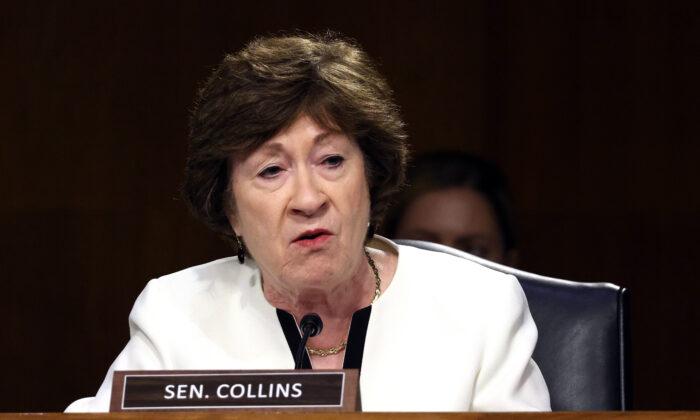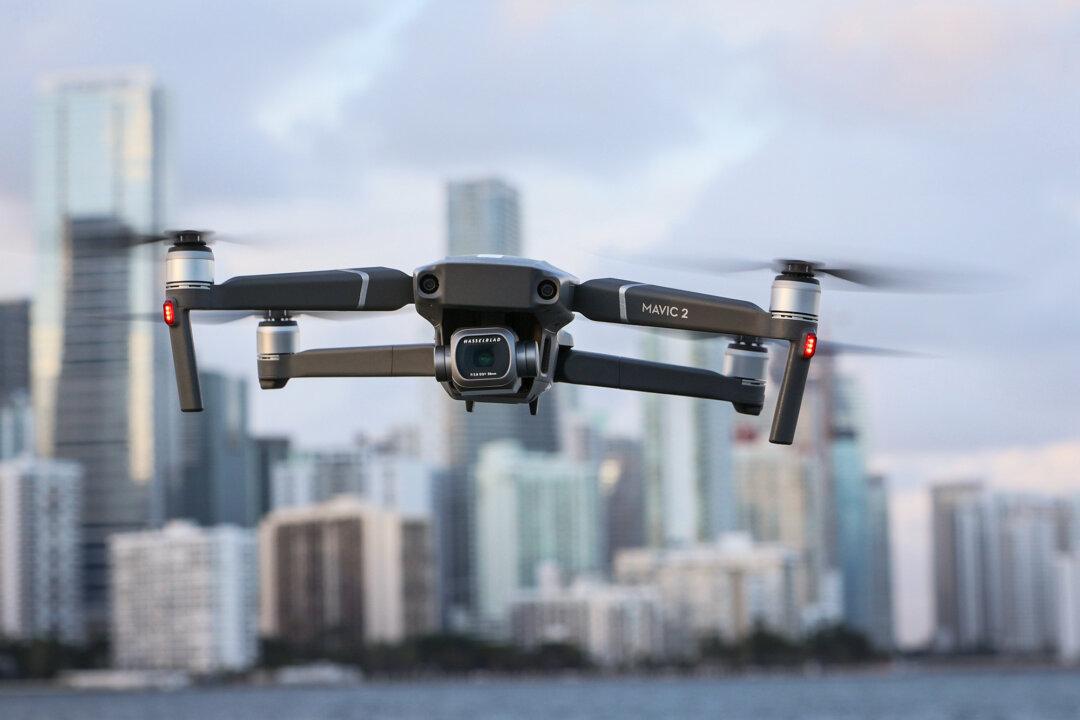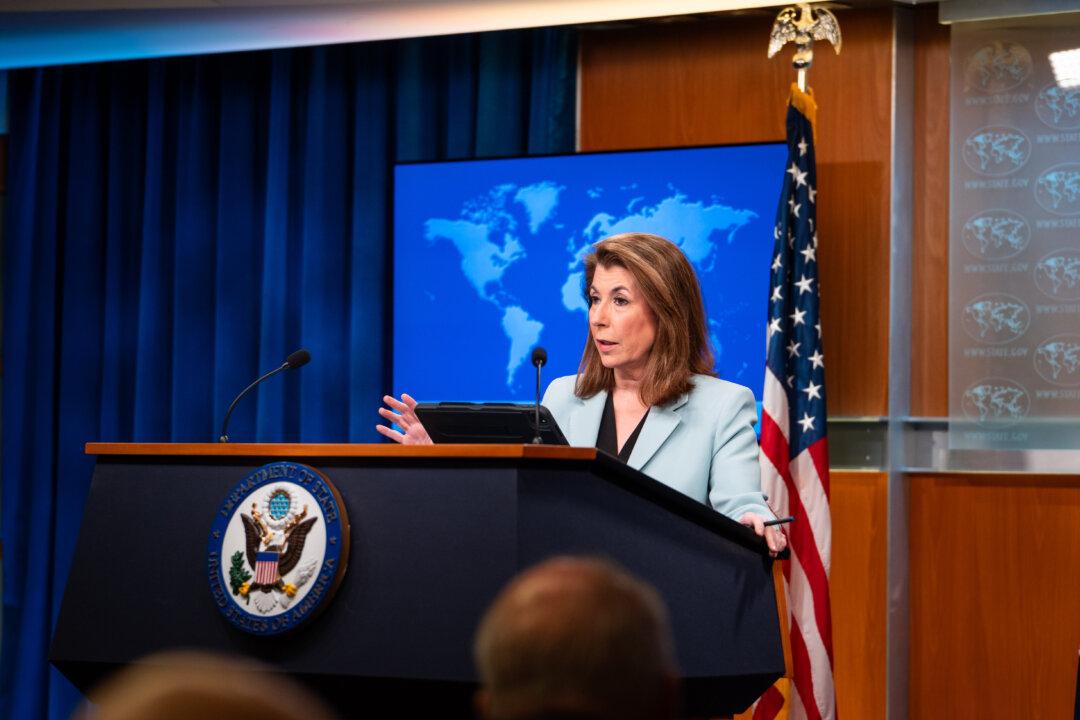Republican senators expressed concerns this week about the Biden administration’s Navy budget, saying that the proposed spending is not adequate to confront the threat posed by China’s expanding naval forces.
“The President’s budget requests would result in a fleet of 291 ships at the end of the next five years,” Collins added. “That is smaller than today’s fleet of 296 ships, and significantly smaller than the Navy’s own requirement of 373 ships.”
Part of the proposed budget would be spent on buying nine battle force ships, including one Columbia-class submarine, two Virginia-class submarines, two-Arleigh Burke-class guided-missile destroyers, and two Constellation-class guided-missile frigates.
“I’m also concerned with the contrast to the more than 440 ships that China is expected to have by the year 2030,” Collins added.
China has threatened to attack Taiwan, a democratic, self-ruled island that Beijing claims as its territory.

Budget
U.S. Navy Secretary Carlos Del Toro, one of three witnesses at the hearing, emphasized that the Navy does acknowledge the threat posed by Beijing.“We recognize the People’s Republic of China [PRC] as our pacing threat, executing a strategy aimed at upending international order,” Del Toro said.
While answering questions from Sen. Lindsey Graham (R-S.C.), Del Toro acknowledged that under the current budget proposal, the U.S. Navy would have 291 ships by 2028, while China would have “upward of 440” ships.
“I will add that our ships are extremely more modern than they ever have been,” Del Toro said.
“Let’s hope so,” Graham replied. “If not, we’re in a world of hurt.”
Collins and Graham took turns questioning how the budget request failed to account for current rates of inflation, with Del Toro telling lawmakers that the budget proposal “is about 2 percent below inflation.”
“The budget request also inadequately accounts for the impact of inflation in investment and readiness accounts,” Collins said. “The Navy’s proposed budget increase of 4.5 percent, which includes the Marine Corps’ 2.6 percent increase, would likely provide less buying power than the FY23-enacted budget after accounting for inflation.”
Chief of Naval Operations Adm. Michael Gilday told Graham that a budget plan of five percent above inflation would allow the Navy to get to 373 ships.
“The actual budget is 2% below inflation,” Graham said. “The budget you’re supporting is below inflation, and you’re telling us to get to where we want to go, we’ve got to be above inflation by 5 percent. If this is a good budget, I would hate to see a bad budget.”
From a deterrence perspective, Gilday acknowledged that naval readiness is critical, and that “the bigger [the] fleet, the better.”





